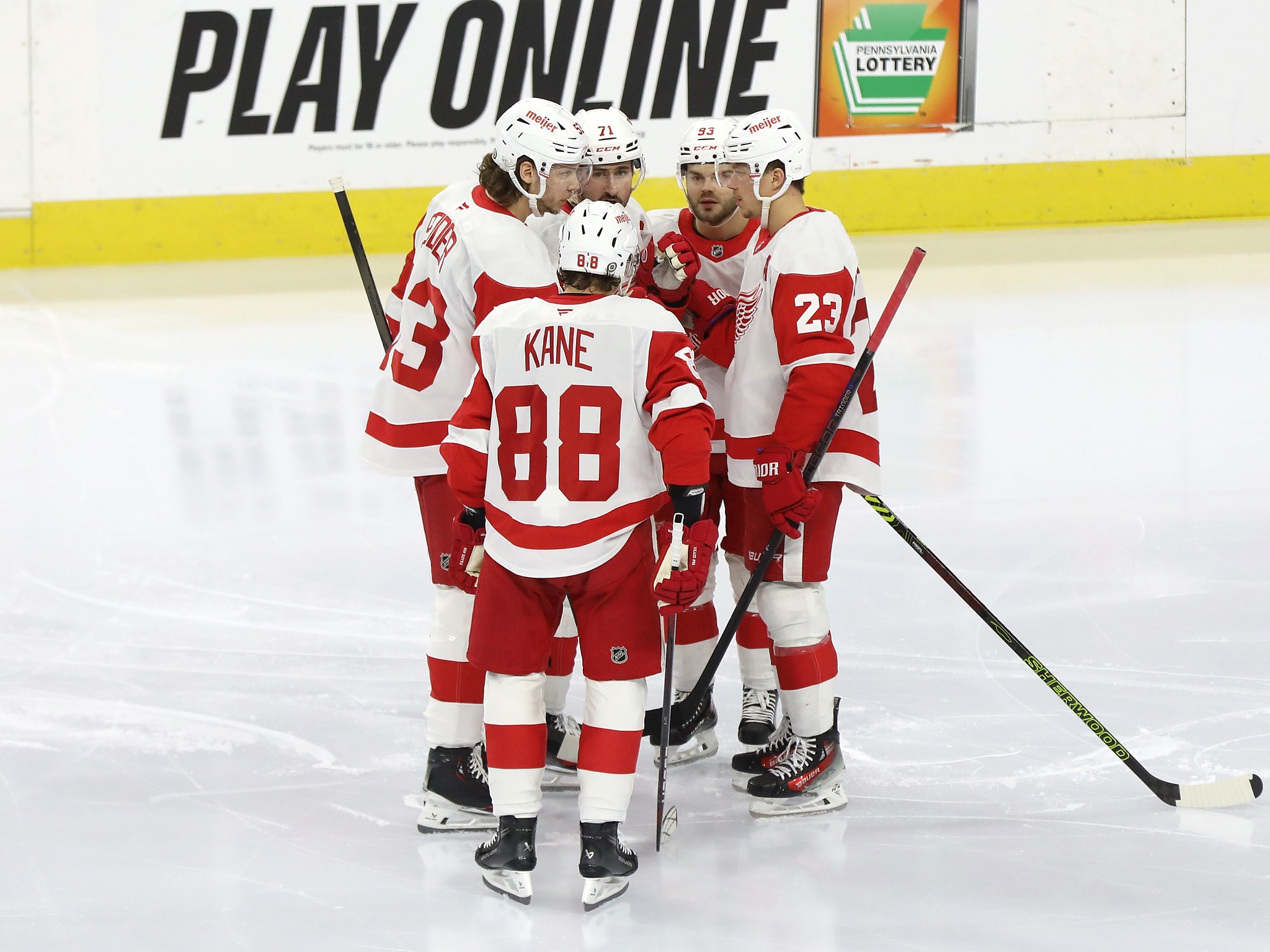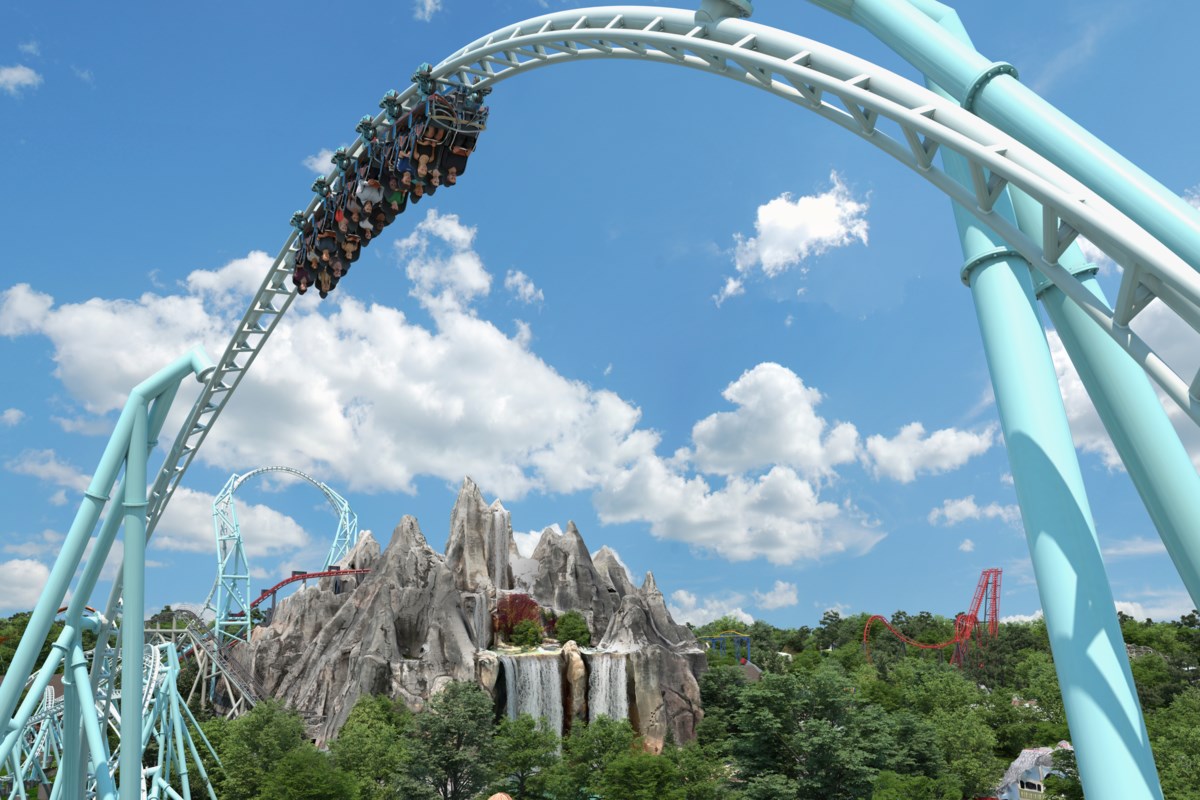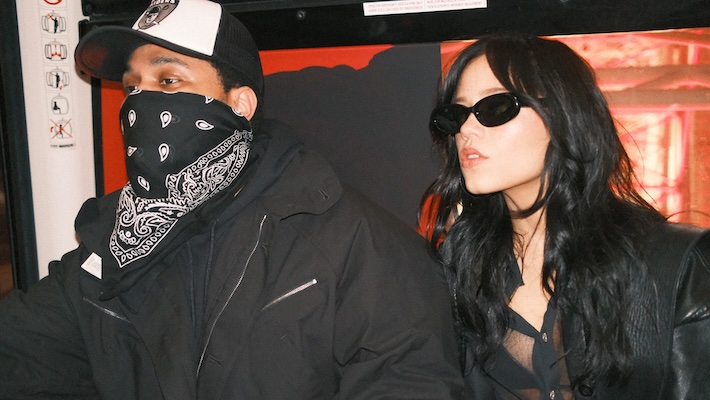Red Wings Fall Short Again: A Deep Dive Into Detroit’s Rollercoaster Season

It’s officially the offseason for the Detroit Red Wings. The team finished with 86 points by way of a 39-35-8 record and missed out on the postseason once again. Now, it’s time to analysis what went right and what went wrong, plus what needs to be done to improve upon the 2024-25 season. Today, we’ll focus on the team as a whole. Let’s dive in. 2024-25 Red Wings vs. 2023-24 Red Wings First, we’ll compare the team as a whole year-over-year. What improved? What regressed? Let’s dive in. Metric 2023-24 Red Wings 2024-25 Red Wings Net Difference Points % 0.555 0.524 -5.59% GF/GP 3.35 2.87 -14.33% GA/GP 3.33 3.16 -5.11% PP% 23.1% 27.0% 16.88% SH% 79.6% 70.1% -11.93% Given Detroit’s offseason moves, it was clear the team would take a step back offensively in pursuit of stronger team defense. The 2023-24 Red Wings had glaring defensive shortcomings that demanded both internal development and external reinforcement. Complicating matters, limited cap space—due in large part to the significant raises due for Moritz Seider and Lucas Raymond—left little room to adequately replace the offense that needed to be sacrificed to improve the defense. In 2024-25, there was a clear dropoff offensively. The problem, though, was that Detroit’s improved team defense didn’t fully compensate for the lost production. We’ll go into more detail on Detroit’s five-on-five offense and defense shortly. In the meantime, we’ll focus on special teams, which saw a divergent 2024-25. Starting with the power play, the Red Wings saw 16.88 percent growth year-over-year. At times, they had the best power play in the league, and ultimately ranked fourth, converting at 27 percent. Detroit’s power play was by far the team’s best attribute this season. (Amy Irvin / The Hockey Writers) In all, the Red Wings featured a diversified attack on the power play. They adjusted alignments throughout the season and continually found ways to generate good looks. That doesn’t just go for their power play setup – Detroit also refined zone entries at varying points, leading to the ninth-best zone entry success rate among NHL clubs this season. On the other hand, Detroit’s penalty kill was absolutely atrocious. Their 70.1 percent kill rate was historically bad and was a major factor in them missing the playoffs once again. Consider this: If the Red Wings had a league-average penalty kill (roughly 79 percent PK%), Detroit’s shorthanded goals against would have been cut from 55 to 39. That 16-goal difference would likely have added five or six more points to their total, which, given their 86-point finish, could have pushed the Red Wings past the Montreal Canadiens and into the second wild card spot. Unfortunately, that wasn’t the case. Any gains realized by the power play were offset by the penalty kill’s ineffectiveness. Side note: Detroit did a good job staying out of the box, at least. They were shorthanded 184 times in 2024-25 – the third-lowest in the NHL. Red Wings Offense: Year-Over-Year Comparison Detroit’s offense fell short when compared to last year’s team. Part of that was expected, but ineffectiveness also contributed to the decline. Metric 2023-24 Red Wings 2024-25 Red Wings Net Difference CF/60 54.14 54.77 1.16% GF/60 2.70 2.10 -22.22% xGF/60 2.26 2.41 6.64% HDCF/60 8.96 9.61 7.25% All statistics at five-on-five. Metric definitions are provided below. As mentioned above, the Red Wings were expected to score less this season. Just not 14 percent less. Detroit’s five-on-five offense was among the worst in the NHL. Though some of the metrics improved year-over-year, they were bad to start with, and are now slightly less bad. Two main factors came to light in my analysis: Lack of secondary scoring Inability to generate high-danger chances on a consistent basis Starting with the secondary scoring—or lack thereof—the Red Wings’ depth players and defensemen really didn’t contribute much. For context, top forwards Dylan Larkin, Alex DeBrincat, Lucas Raymond, Patrick Kane, and Marco Kasper combined for 71 five-on-five goals. The rest of the forwards – just 53. And only 19 by defensemen. The Red Wings expected more from Vladimir Tarasenko this year. (Amy Irvin / The Hockey Writers) The Red Wings don’t have star power like the Toronto Maple Leafs or Tampa Bay Lightning. Their top five forwards combined for 96 and 102 five-on-five goals, respectively. As such, Detroit needs secondary scoring to balance things out. Neither the depth forwards nor the defensive corps accomplished that in 2024-25. Unfortunately, that’s a byproduct of moving on from David Perron, Robby Fabbri, Daniel Sprong, Shayne Gostisbehere, and Jake Walman. Sure, team defense was slightly better—more on that in a moment—but that’s a lot of depth scoring on the outs. Take a look at how the 2023-24 Red Wings compared to this year’s team in terms of scoring groups: 5v5 Scoring Top 5 F Depth F Defense 2023-24 Red Wings 69 65 33 2024-25 Red Wings 71 53 19 Depth forwards contributed 18.46 percent less five-on-five goals year-over-year. Scoring by defensemen decreased 42.42 percent. The second factor—Detroit’s inability to generate high-danger chances—is closely related. Perron, Fabbri, and Sprong could be counted on to create offense in high-danger areas. The players that replaced them in the lineup couldn’t replicate their production. A down year from J.T. Compher didn’t help, either. Detroit’s high-danger shooting percentage dropped from 20.65 percent (second-best in the NHL) to 16.87 percent (23rd). It was actually boosted by Elmer Soderblom, who only skated in 26 games after a late-season call-up – his 5.25 iHDCF/60 at five on five actually ranked 11th among NHLers with 100-plus minutes played. And tying back to the lack of scoring depth, Soderblom’s 0.72 goals per 60 at five on five topped all of Detroit’s depth forwards. What does it say that an AHL call-up produced more than a collection of veteran players and did so in non-sheltered deployment? Overall, the Red Wings lacked players—especially in the bottom-half of the lineup—who could consistently create offense in high-danger areas. As such, their offensive production decreased more than expected. Red Wings Defense: Year-Over-Year Comparison Progress was made on defense. That’s certain. But there’s still a lot of room for improvement heading into 2025-26. Metric 2023-24 Red Wings 2024-25 Red Wings Net Difference CA/60 63.63 59.35 -6.73% GA/60 2.88 2.37 -17.71% xGA/60 2.67 2.58 -3.37% HDCA/60 11.10 11.11 0.09% All statistics at five-on-five. Metric definitions are provided below. Let’s start with the good news: Detroit has a true, all-situations top pair in Moritz Seider and Simon Edvinsson. The two finished in the top-10 in terms of ice time versus elite competition, and maintained a positive shot share and goal share against the league’s best players. Together, they limited opponents to 1.44 goals against per 60, which ranked third-best among defensive pairs that played 400-plus minutes of five-on-five hockey. Seider and Edvinsson’s performance in 2024-25—excruciatingly tough deployments and fantastic results—was a big win for the organization. Moritz Seider should garner some Norris Trophy votes this year. (Photo credit: Taylor McHale/Fanatics) In general, team defense improved year over year. Apart from Seider and Edvinsson dominating together, contributing factors included Walman and Gostisbehere’s departure, Albert Johansson joining the team, and Edvinsson moving into a full-time, top-four role. That said, greater improvement was expected. The team gave up way too many high-danger chances – the 11.11 they allowed at five on five in 2024-25 ranked 23rd in the NHL. In addition to Seider and Edvinsson, Ben Chiarot also faced a high amount of elite competition, but was a liability without Seider next to him. Separating Seider and Chiarot is a double-edged sword. Curious to see how this is addressed during the offseason.@FlyingOctoPod #LGRW Data via @NatStatTrick pic.twitter.com/gy442gi525 — Tony Wolak (@TonyWolak) April 17, 2025 To be fair, there’s a big talent dropoff from Seider to Jeff Petry, Erik Gustafsson, and Justin Holl. But if Chiarot is going to be a top-four defenseman, then the Red Wings need him to live up to that role, even if Seider isn’t on the ice with him. Otherwise, he needs to be deployed in a lesser role. While the defensive regression under McLellan and Yawney may not raise immediate alarm, the broader decline in Detroit’s overall defensive performance is cause for concern. The objective last summer was clear: to strengthen team defense. And although the Red Wings allowed fewer goals overall, underlying metrics tell a different story. The rise in xGA/60 and HDCA/60 suggests the team’s defensive structure actually deteriorated. Improved goaltending masked some of these deficiencies—without it, the outcome could have been significantly worse. So while the goals-against numbers are better year-over-year, improving team defense—both through internal improvements and external additions—should be a priority once again this offseason. Assessment of the 2024-25 Red Wings Entering the season, the objective was to improve team defense, even if it meant a little less offense. Unfortunately, the end result was defensive regression and an offense that declined more than expected. As a result, the Red Wings finished with four less points year-over-year and failed to qualify for the playoffs once again. There were plenty of organizational wins, though. Lucas Raymond’s 80-point campaign led 23-and-under scoring across the league and showed that he’s a true driver. Simon Edvinsson and Moritz Seider’s impressive campaigns gave the Red Wings a bonafide top pair on defense. Marco Kasper emerged as a piece to build around after locking down the 2C role. Dylan Larkin and Alex DeBrincat’s 70-point seasons kept the team afloat. Plus, we saw Albert Johansson and Elmer Soderblom prove themselves as legitimate NHL contributors, even when challenged to perform in high-impact roles. The problem was that the supporting cast—the stopgaps until Detroit’s prospects graduate to the NHL—didn’t contribute enough. J.T. Compher, Vladimir Tarasenko, Justin Holl, Ben Chiarot, and Michael Rasmussen all had down years compared to what was expected of them. Between the team’s 2024-25 performance, Todd McLellan’s expected influence on roster decisions, a growing urgency to take a step forward, and the organization’s centennial season on the horizon, we’re looking at a pivotal summer for the Red Wings. They’ll need to improve both their offensive production and defensive aptitude in order to push for a playoff spot next year. And how exactly is something we’ll explore over the next couple months. Advanced Metrics Definitions Below are quick definitions of the metrics used to quantify Detroit’s on-ice efforts: CF/60 & CA/60 – Corsi-for/against per 60. Shots on net, missed shots, and blocked shots per 60 minutes of five-on-five play. GF/60 & GA/60 – Goals-for/against per 60. xGF/60 & xGA/60 – Expected goals-for/against per 60 – according to Natural Stat Trick’s shot location model. HDCF/60 & HDCA/60 – High-danger chances for/against per 60 – per Natural Stat Trick’s shot location data. Data courtesy of PuckIQ, All Three Zones, NHL.com, and Natural Stat Trick.


















